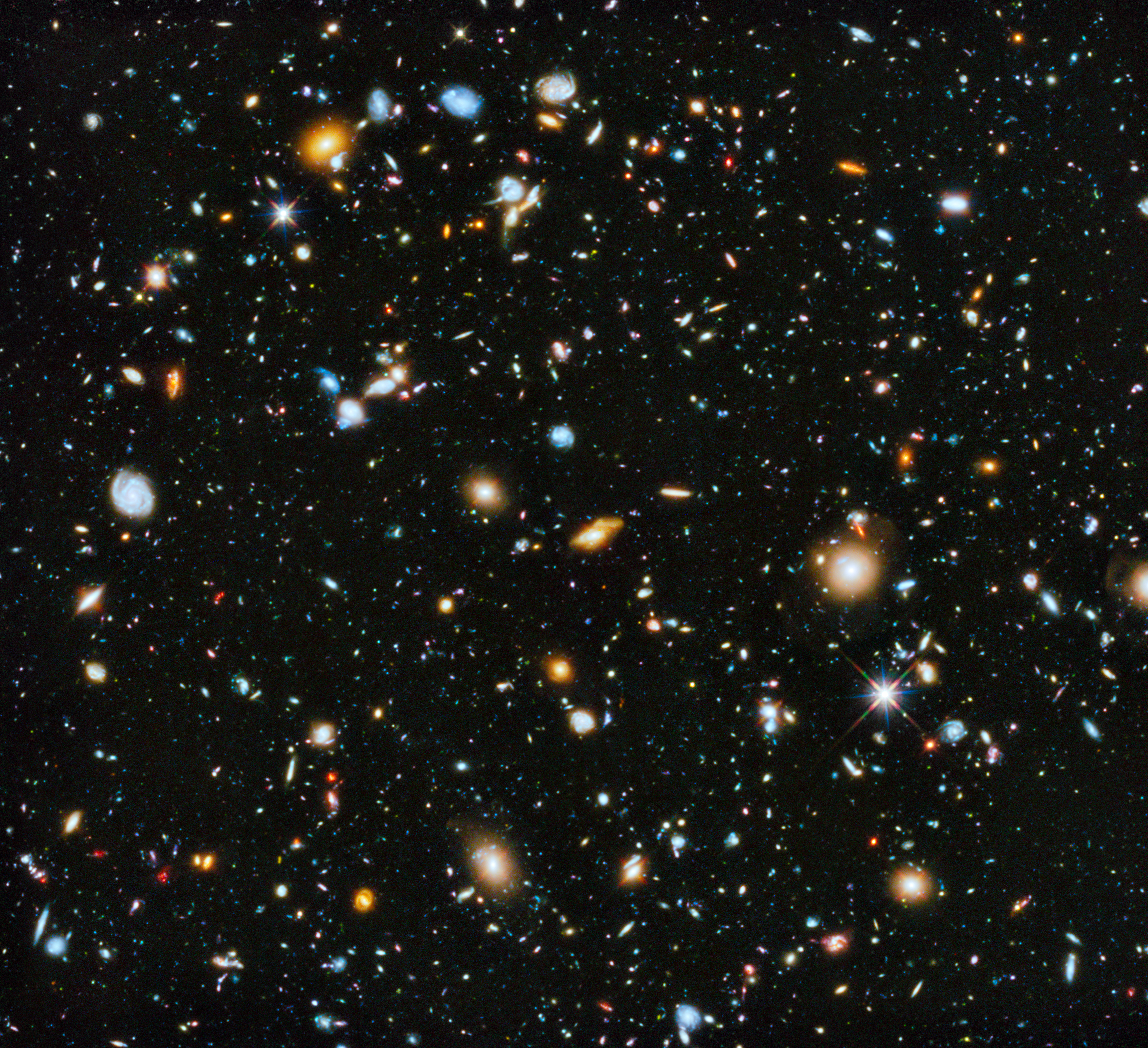We had a guided tour of the Universe, met young professional astronomers and learnt how to analyse exoplanet data. Of course we also visited the shop!
We were dazzled at the 18th century Harrison timepieces that ensured sailors could calculate their longitude and keep on track. Greenwich has had a pivotal role in the foundation of modern astronomy.
We finished the day with a magical double rainbow across the skies of London - reminding us that physics and astronomy really do dazzle our minds.



